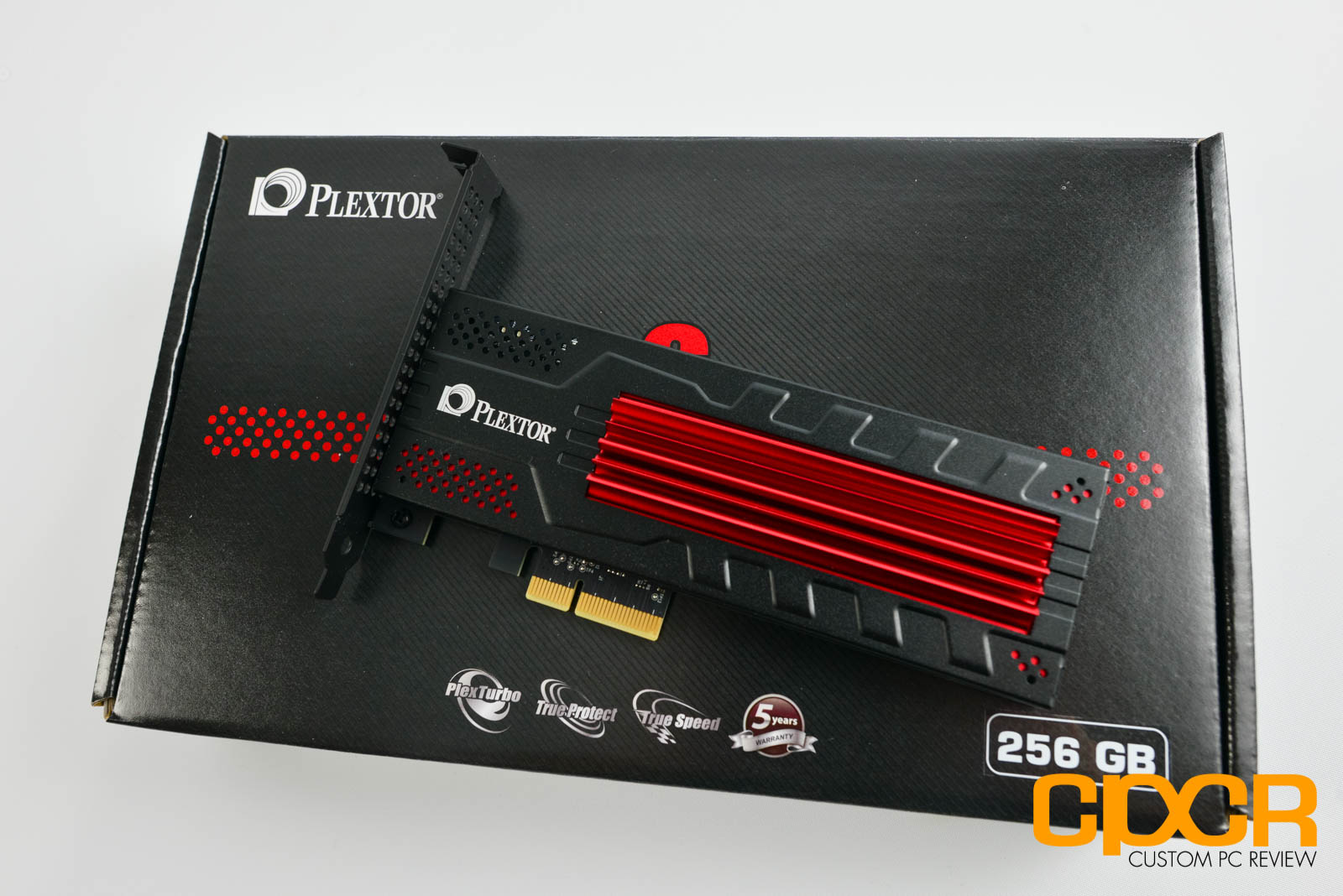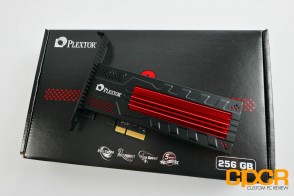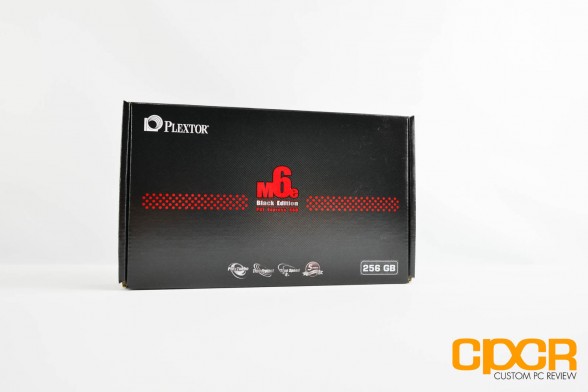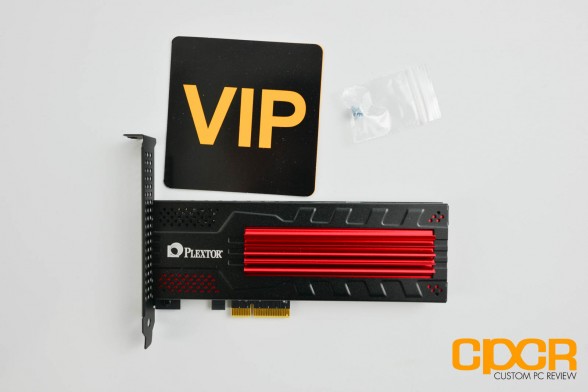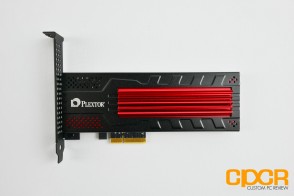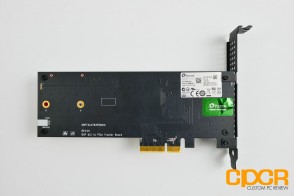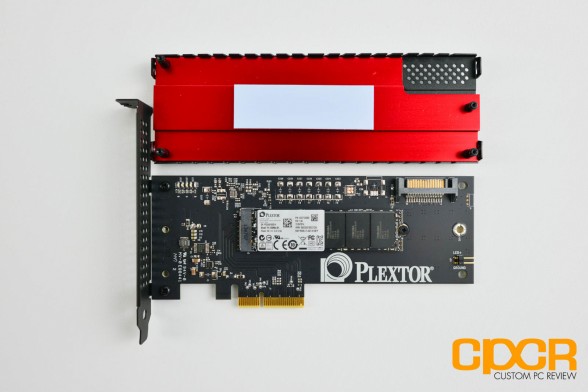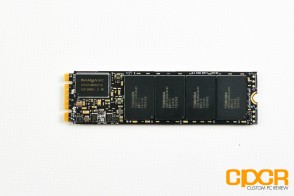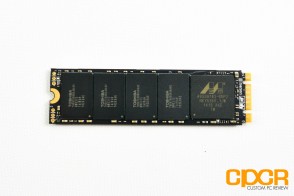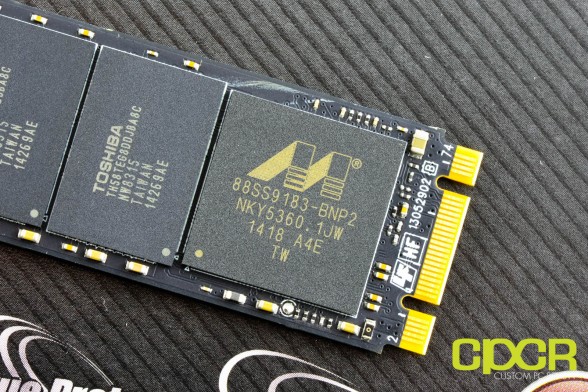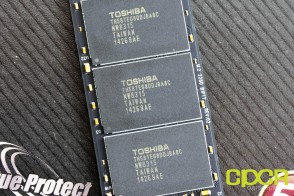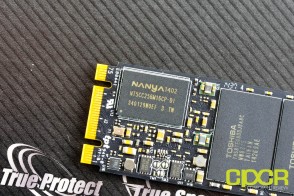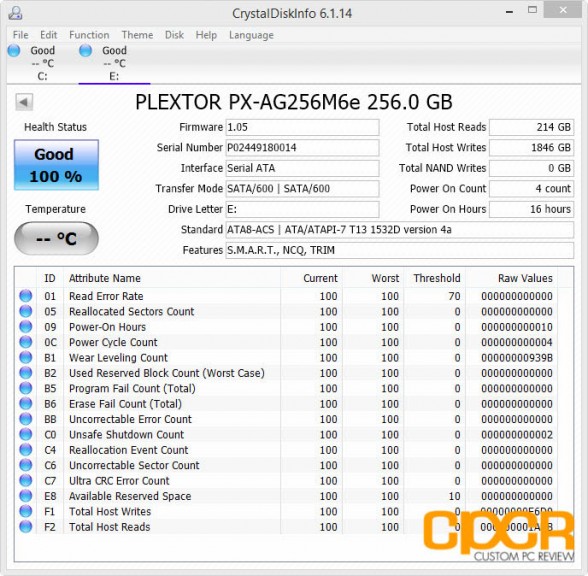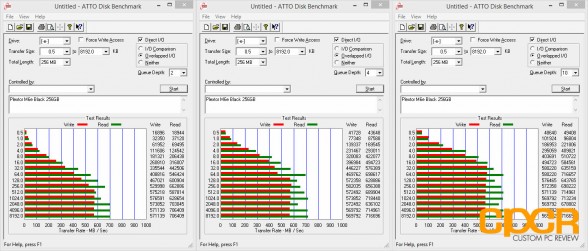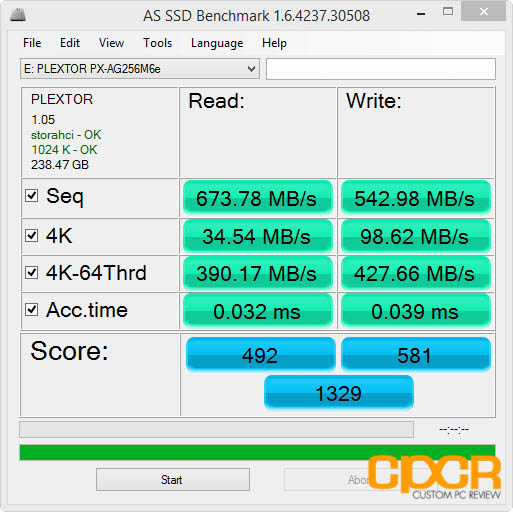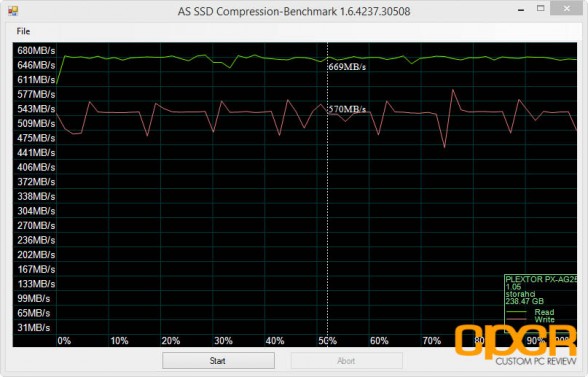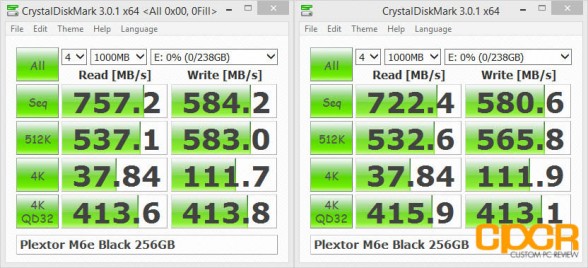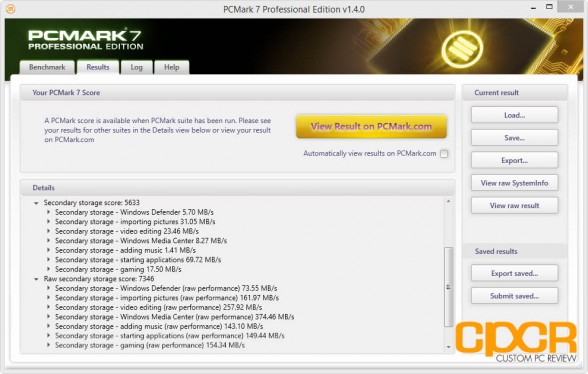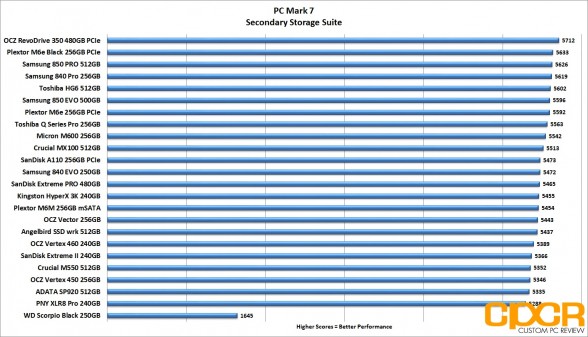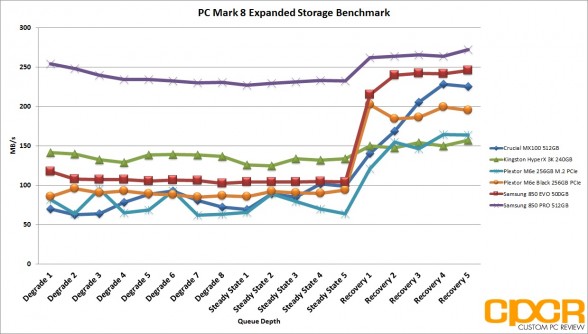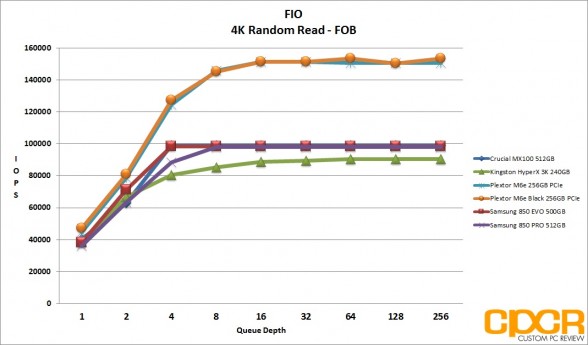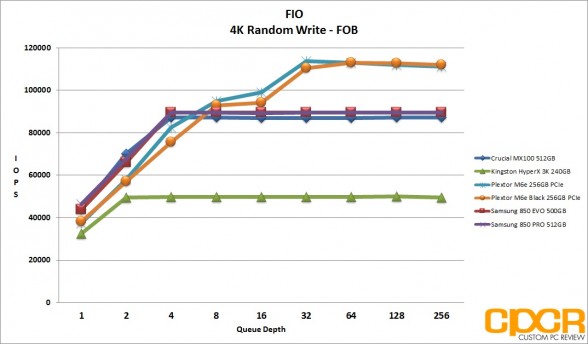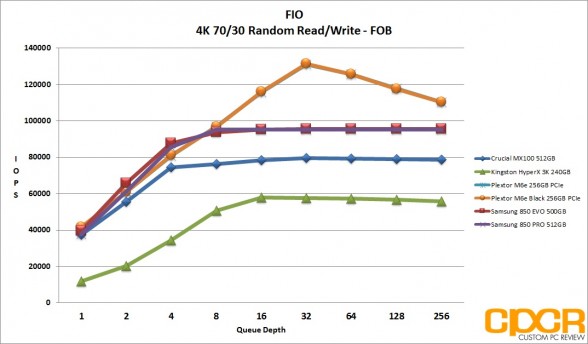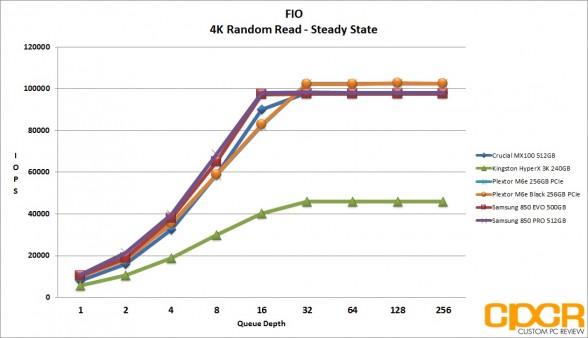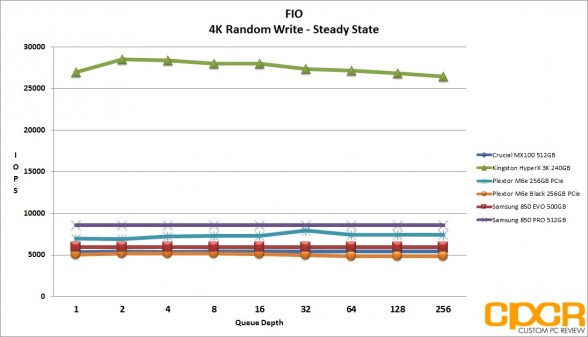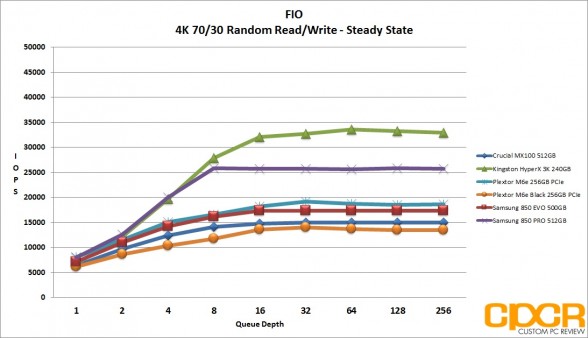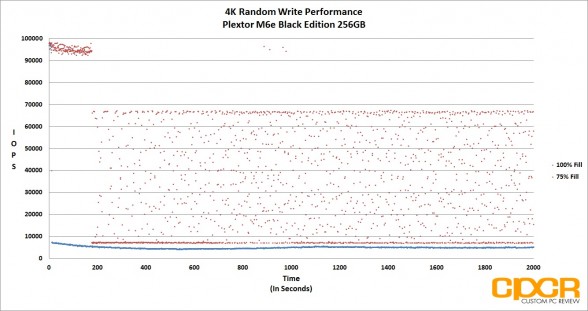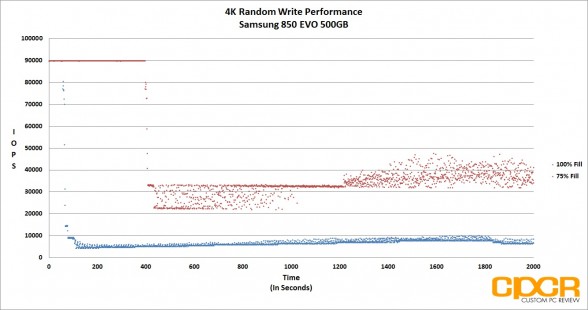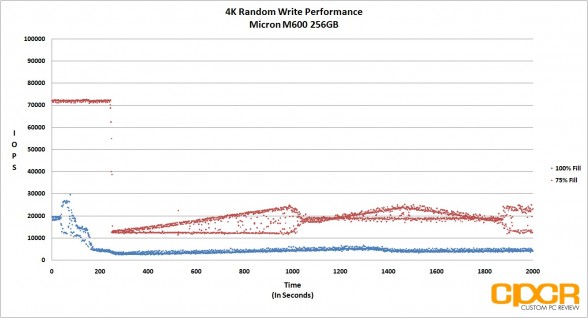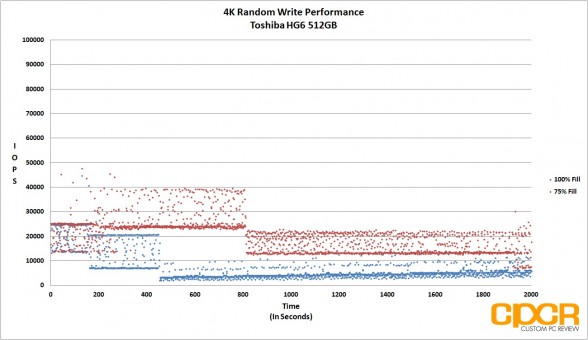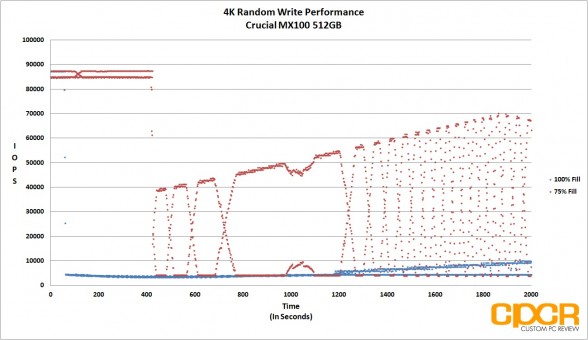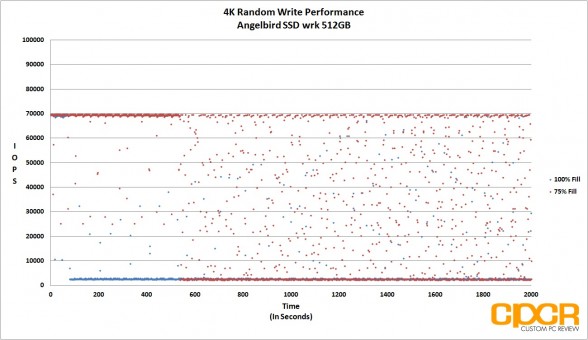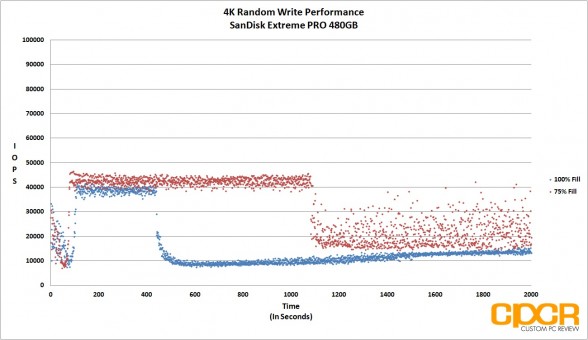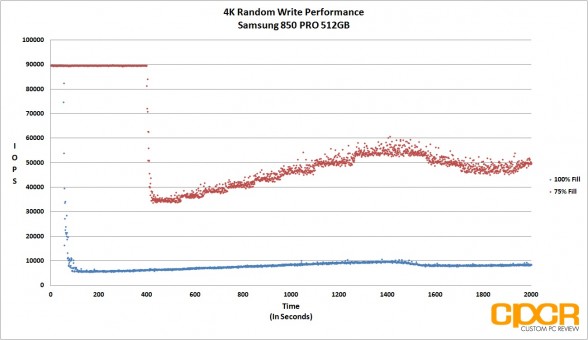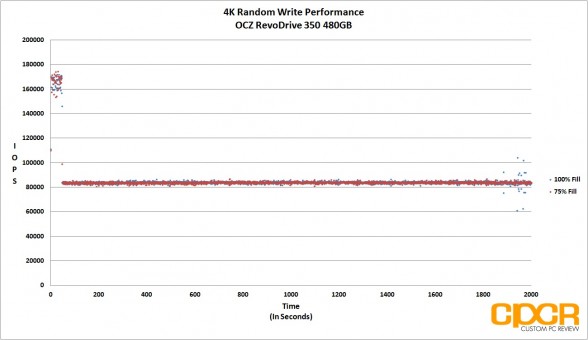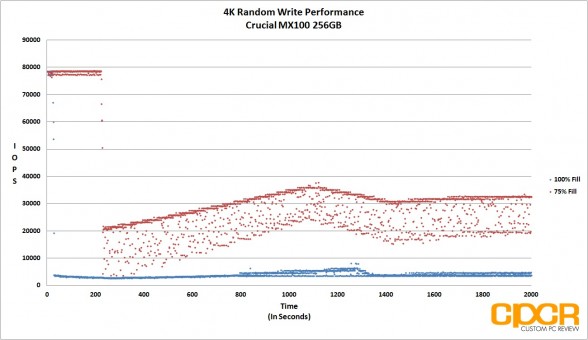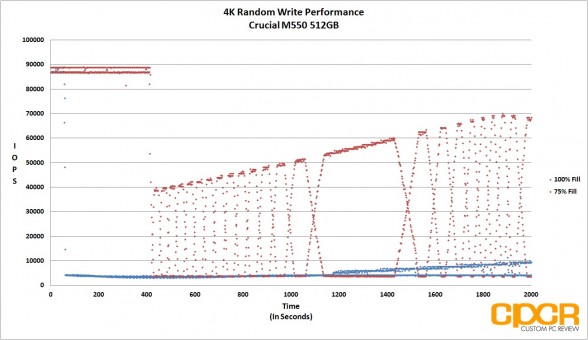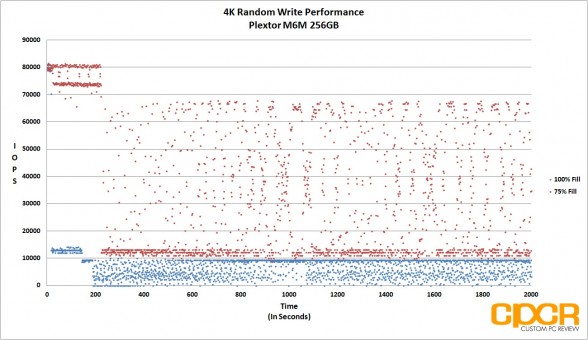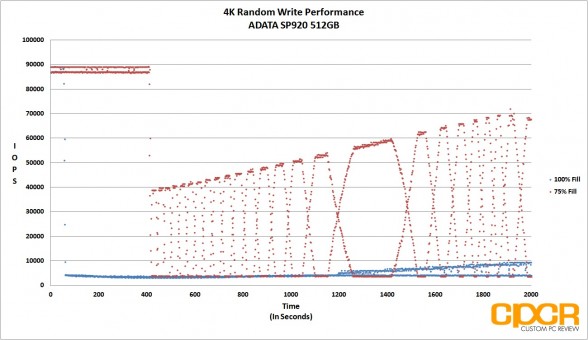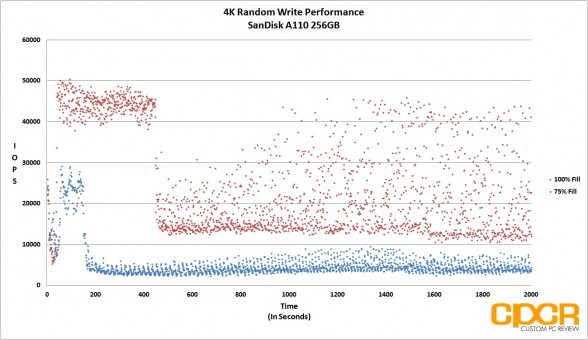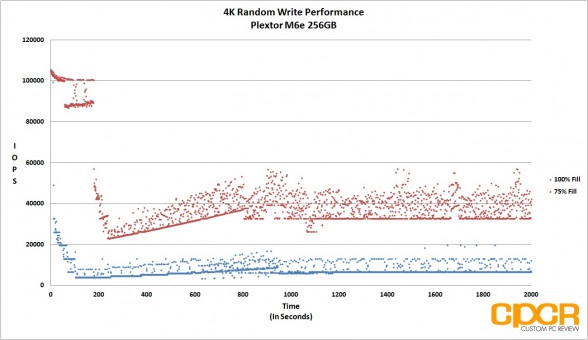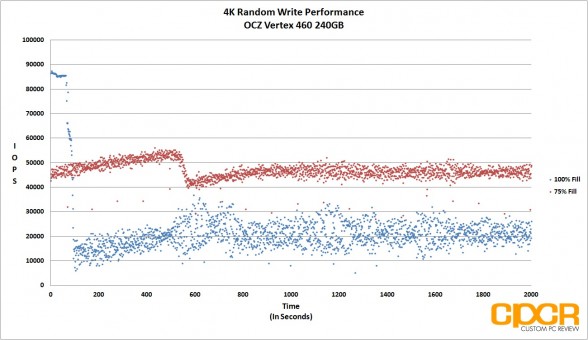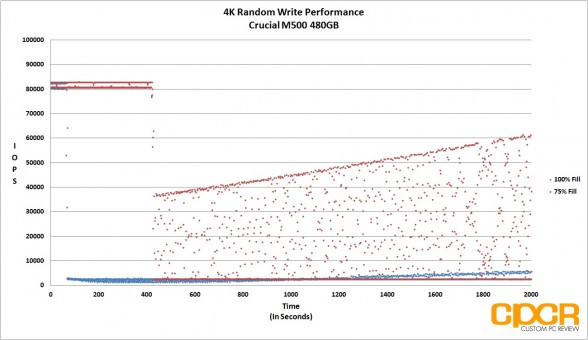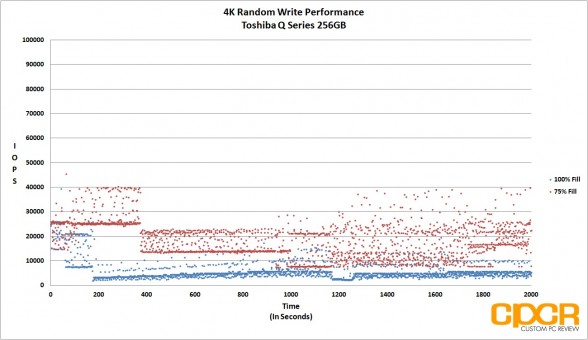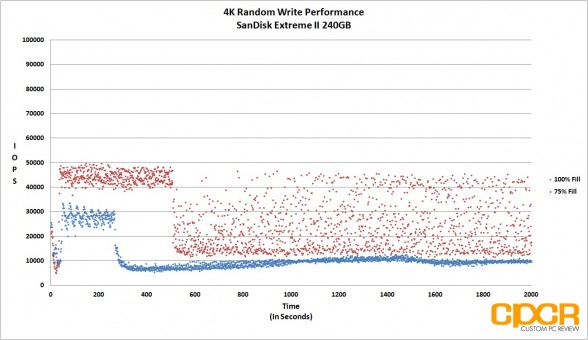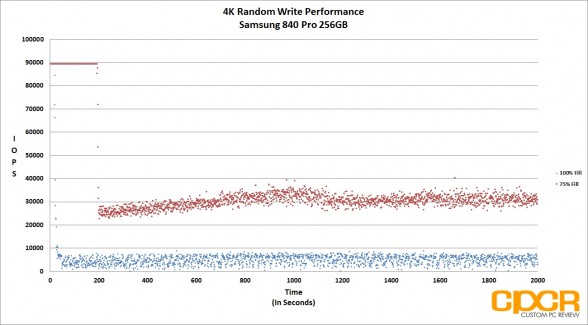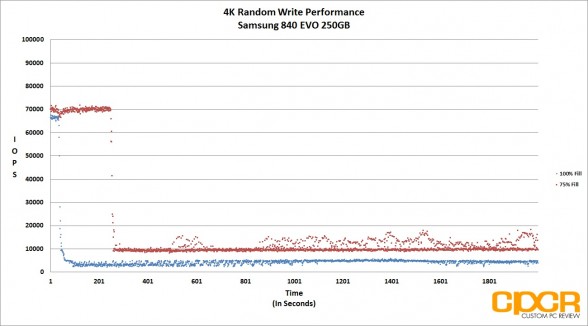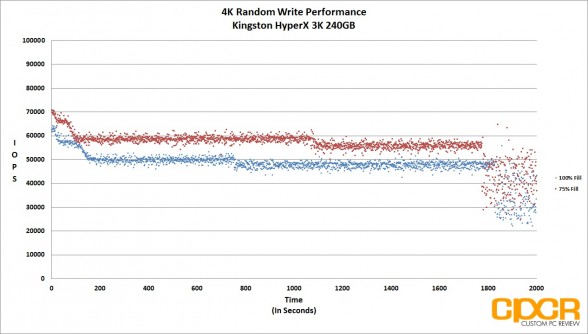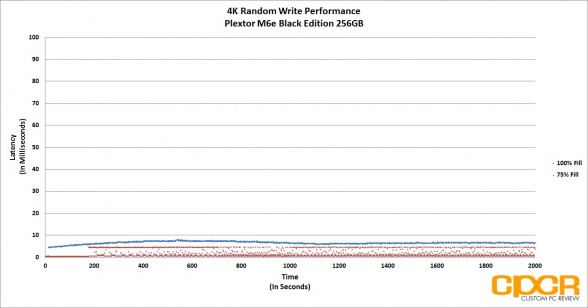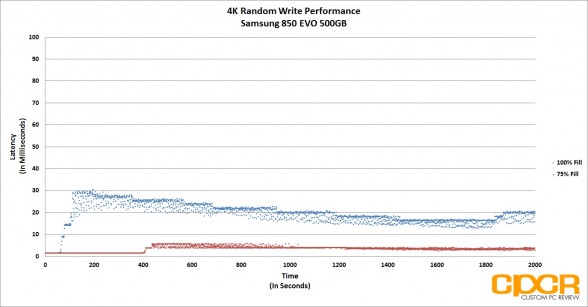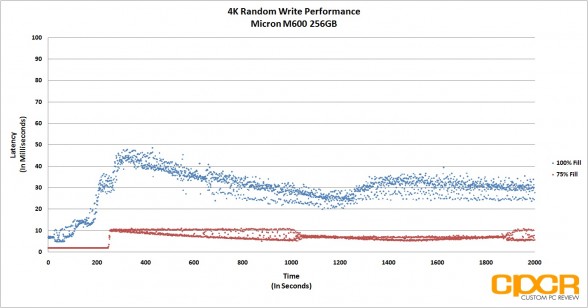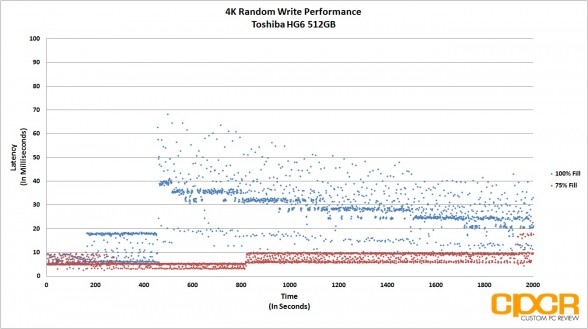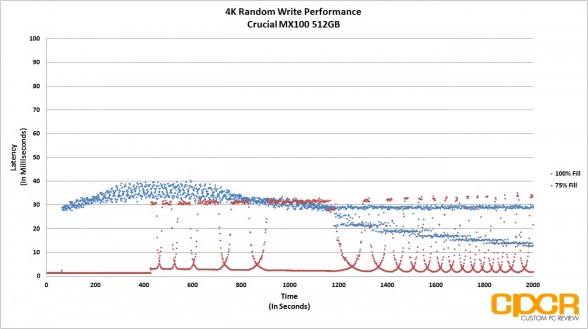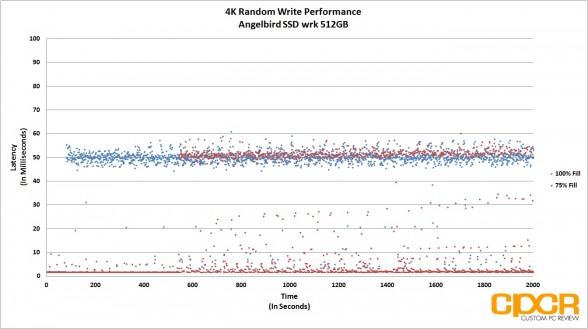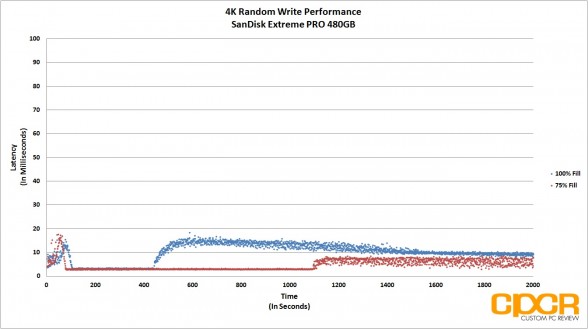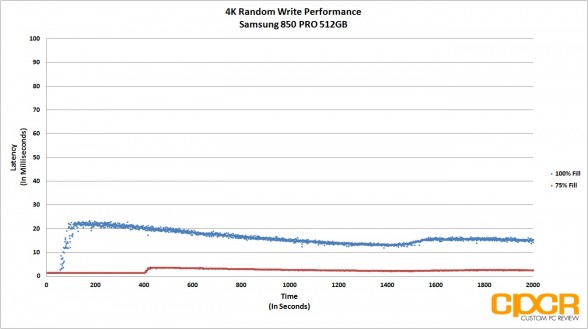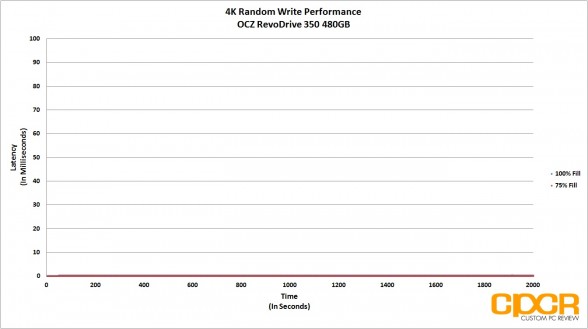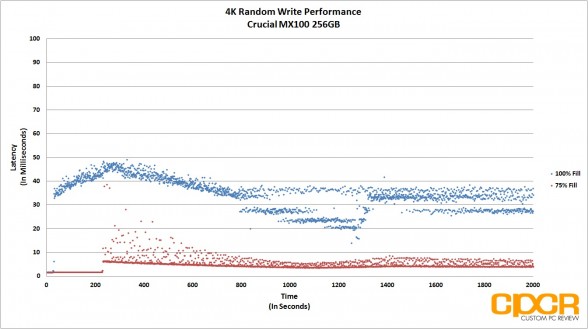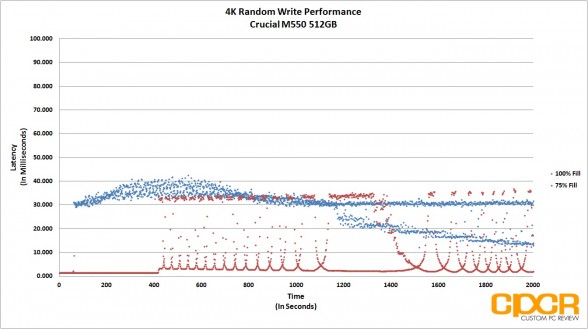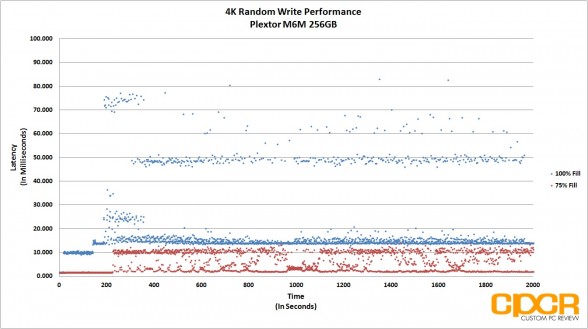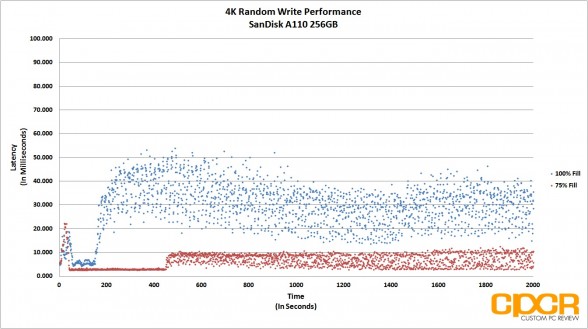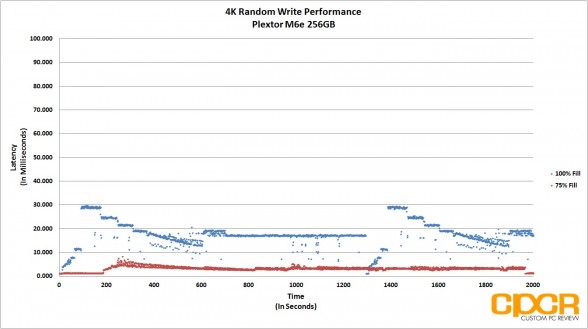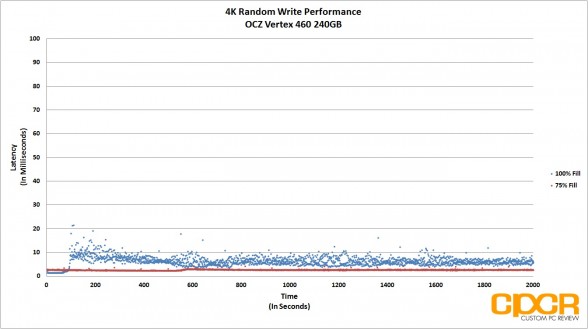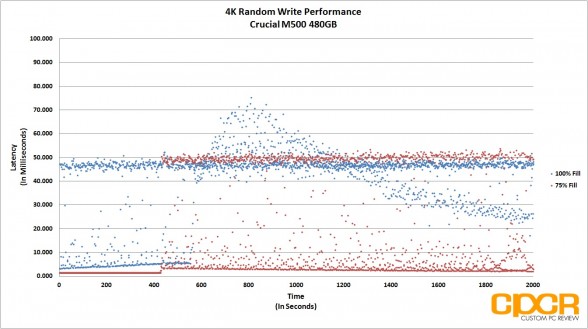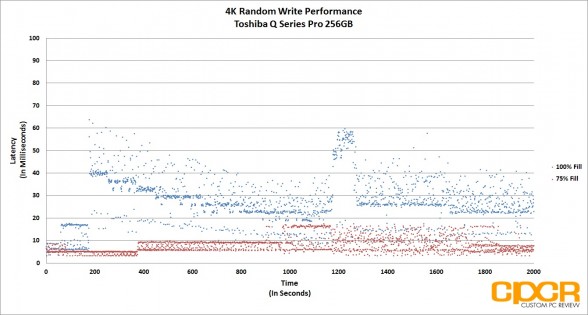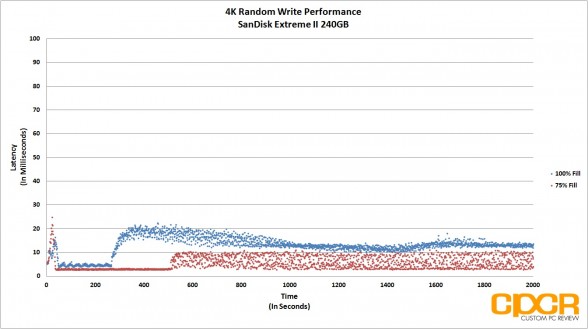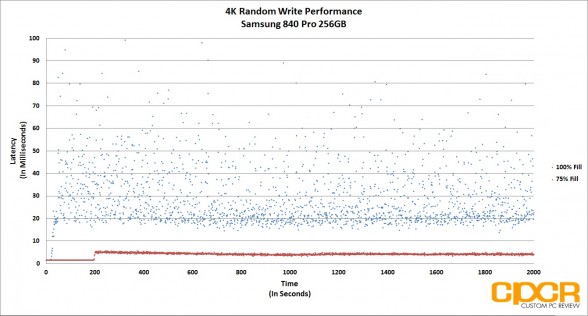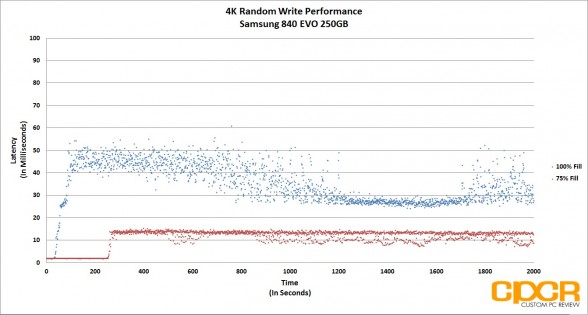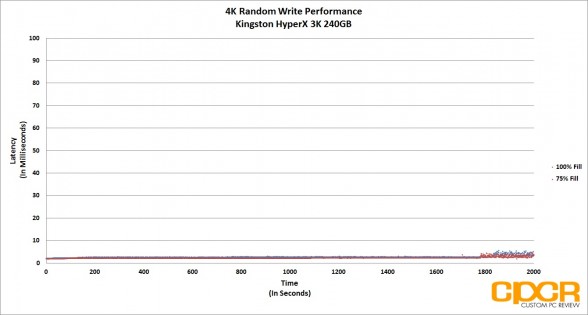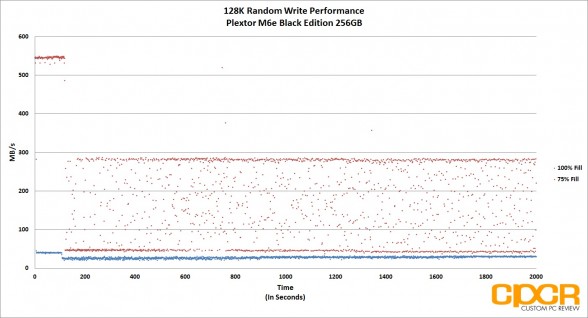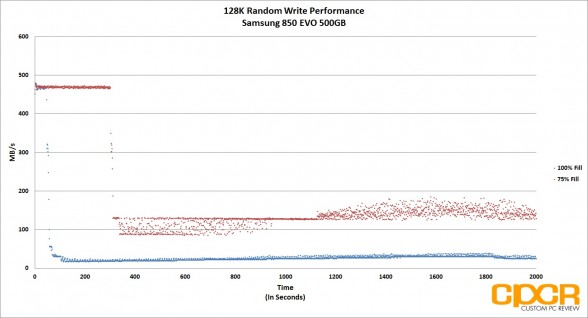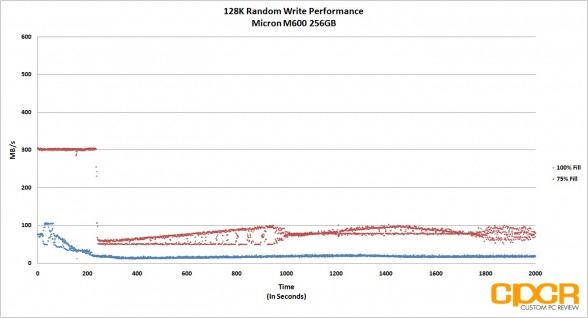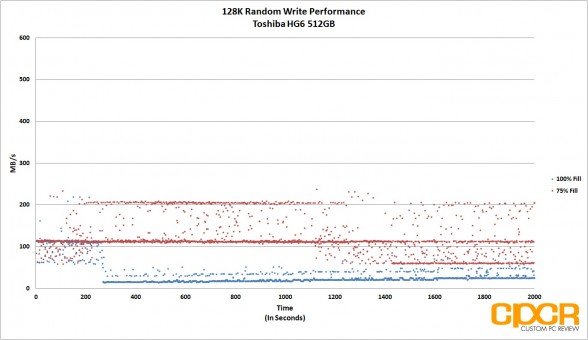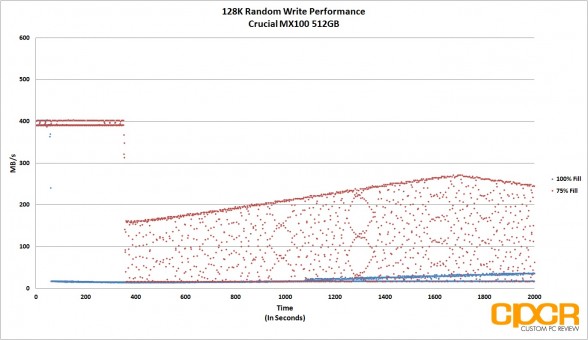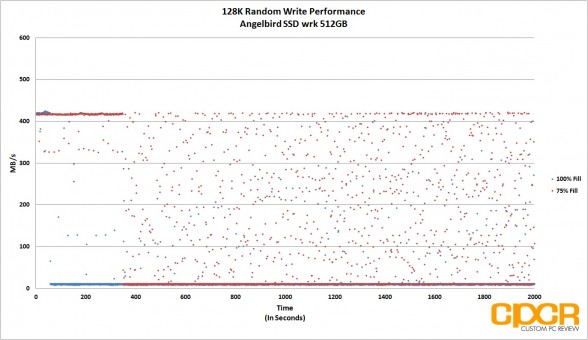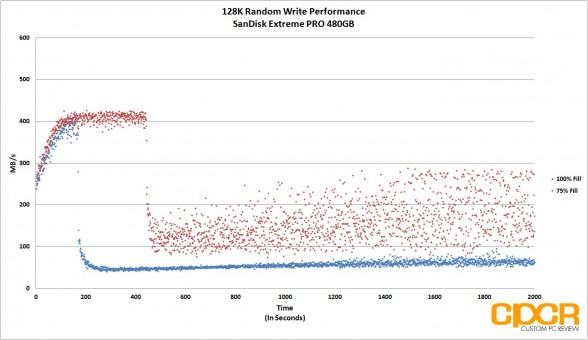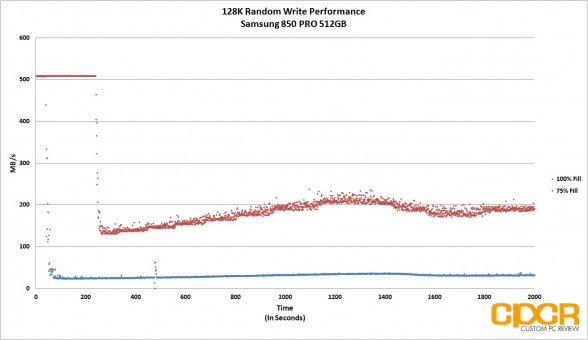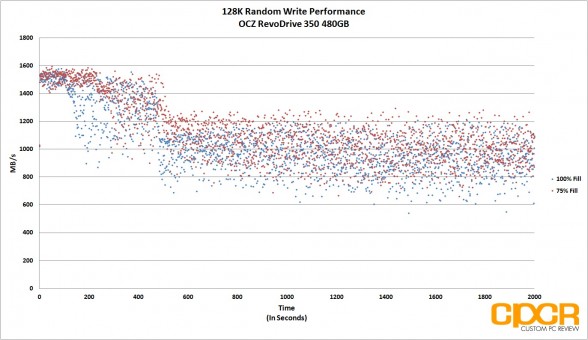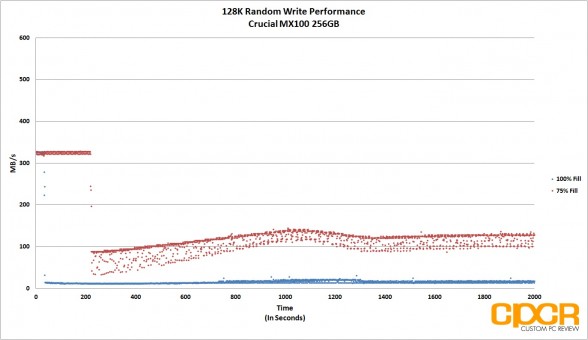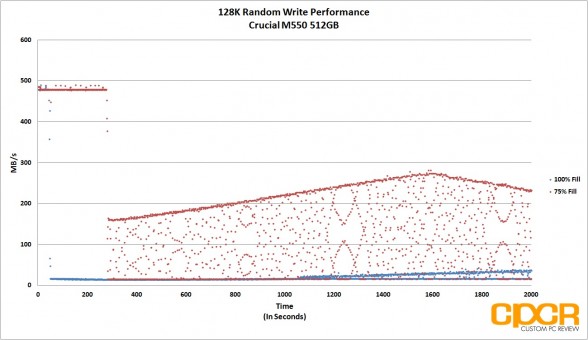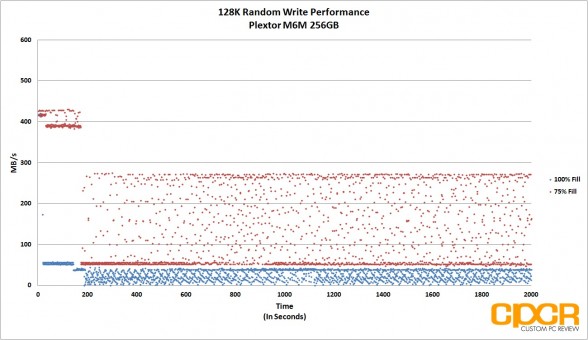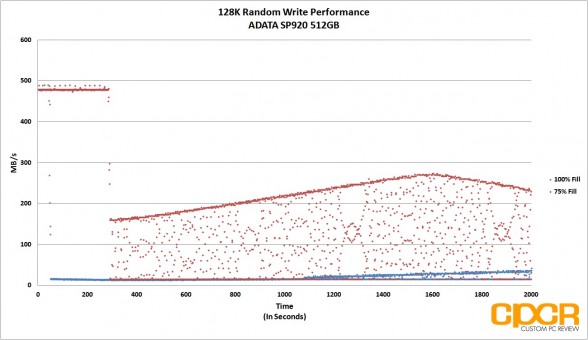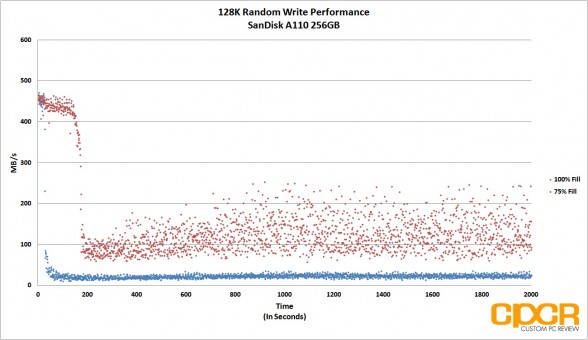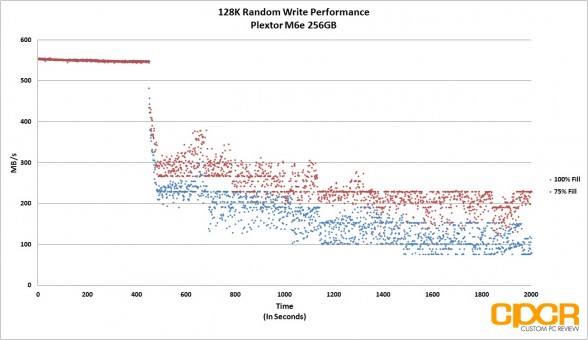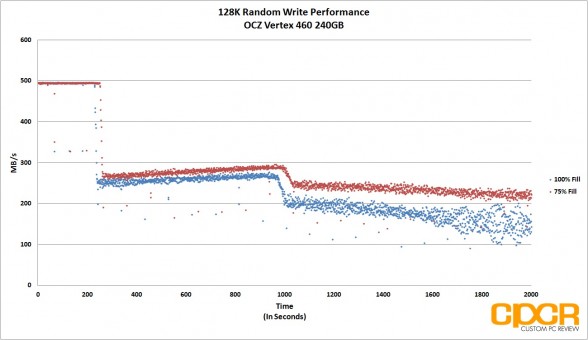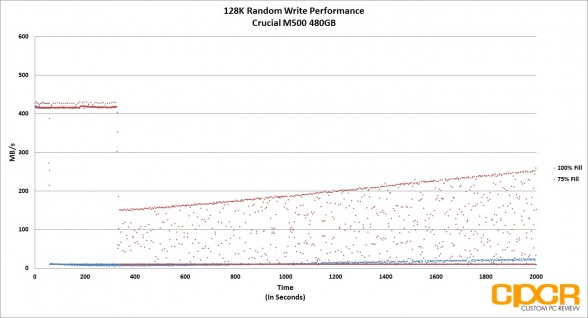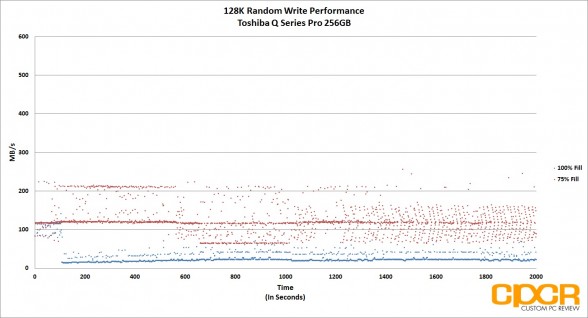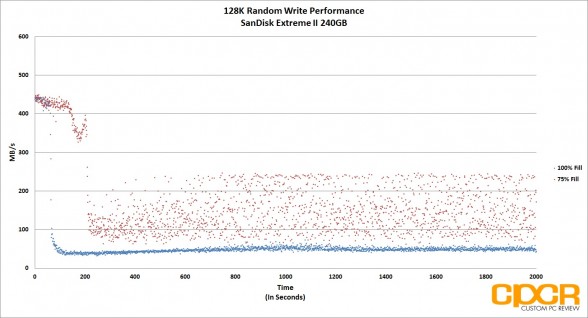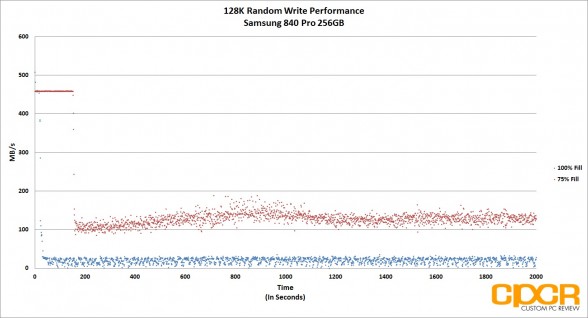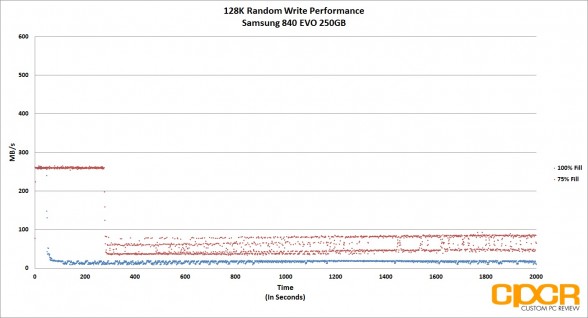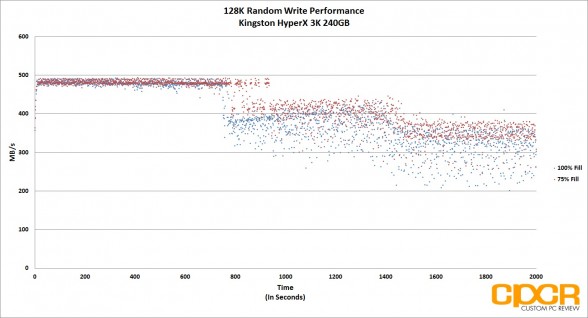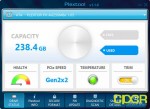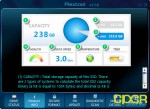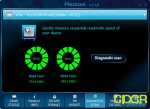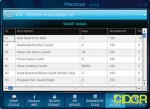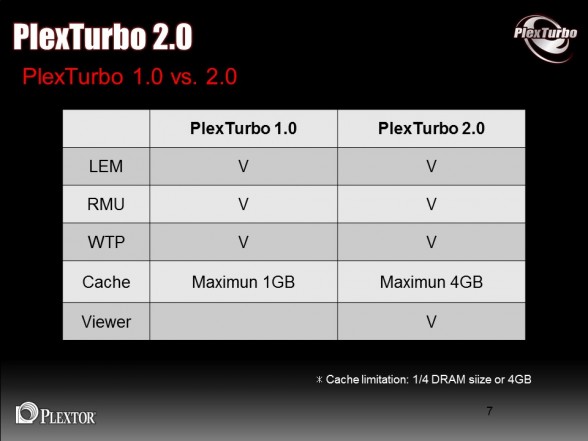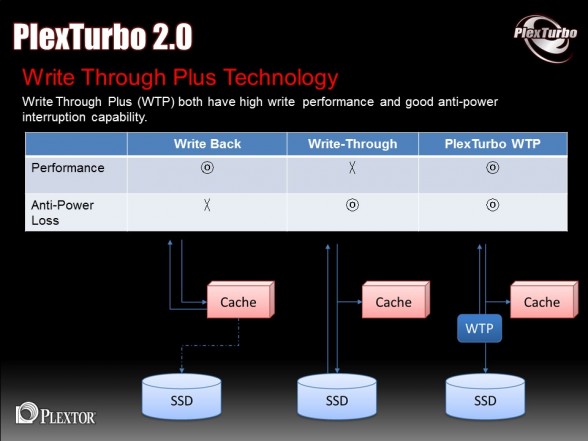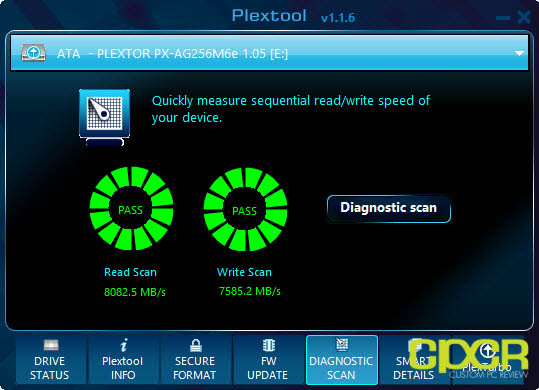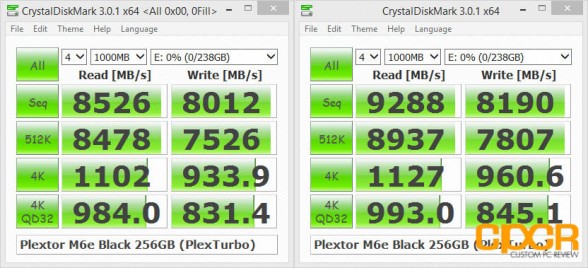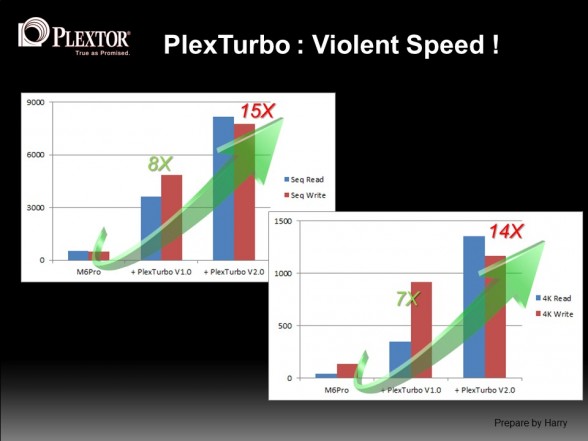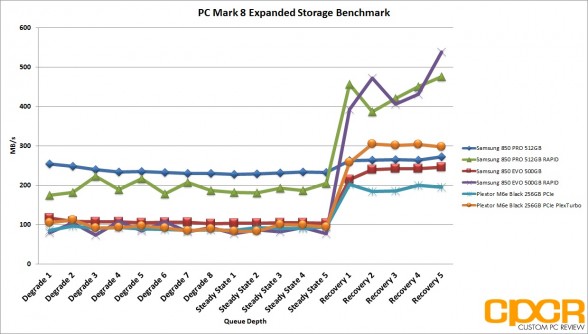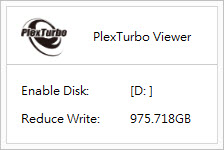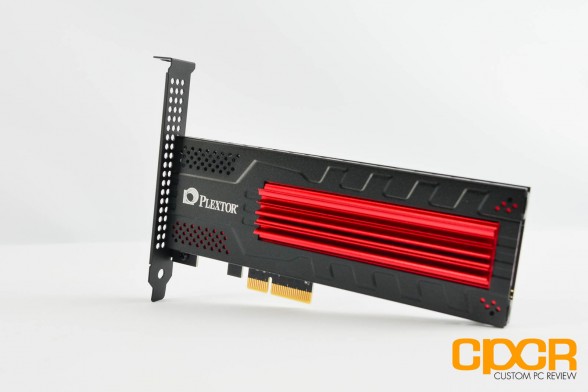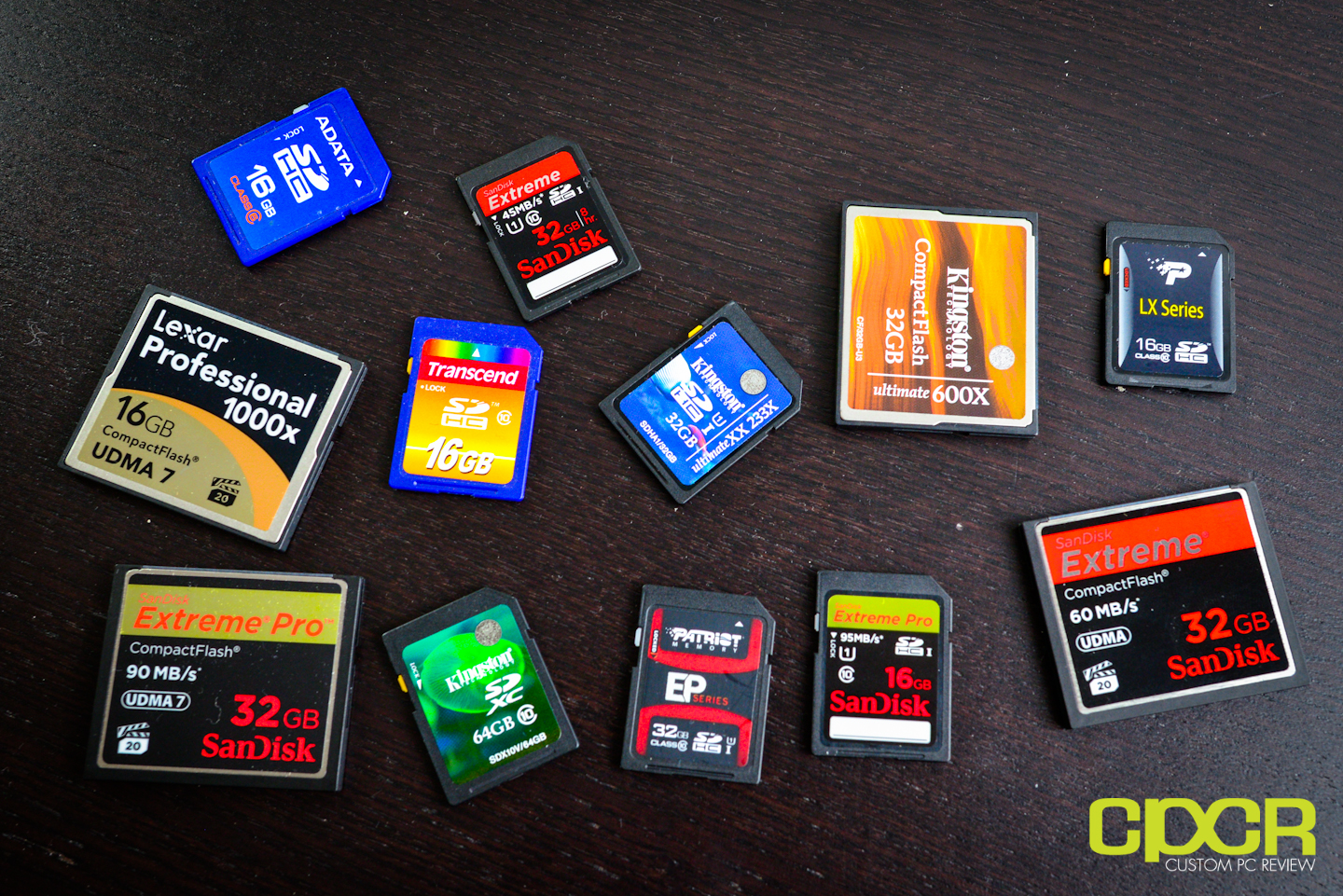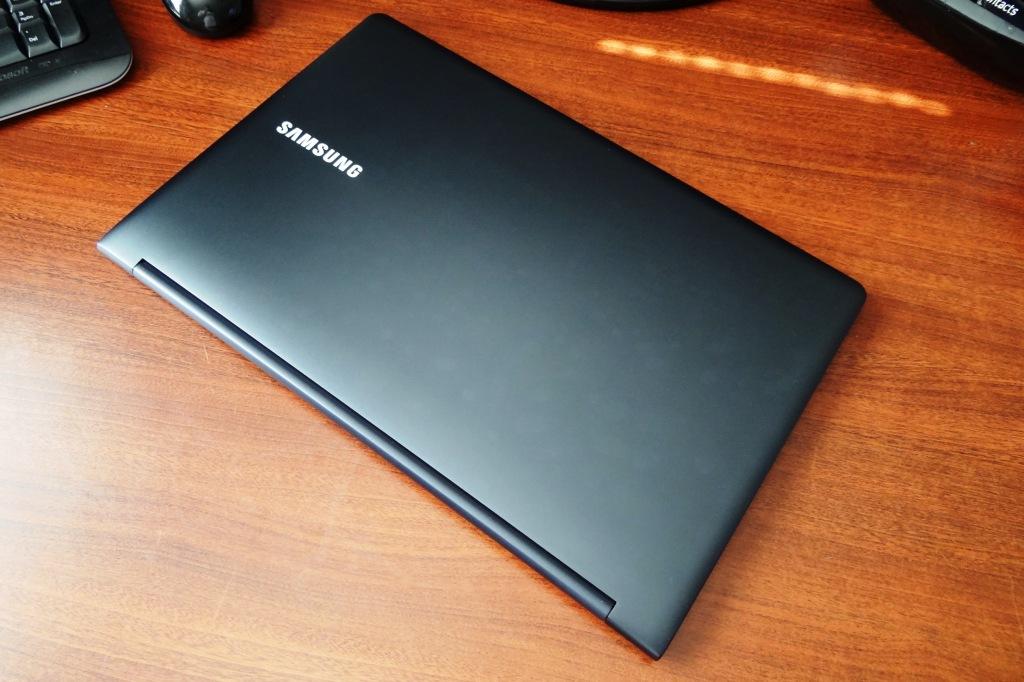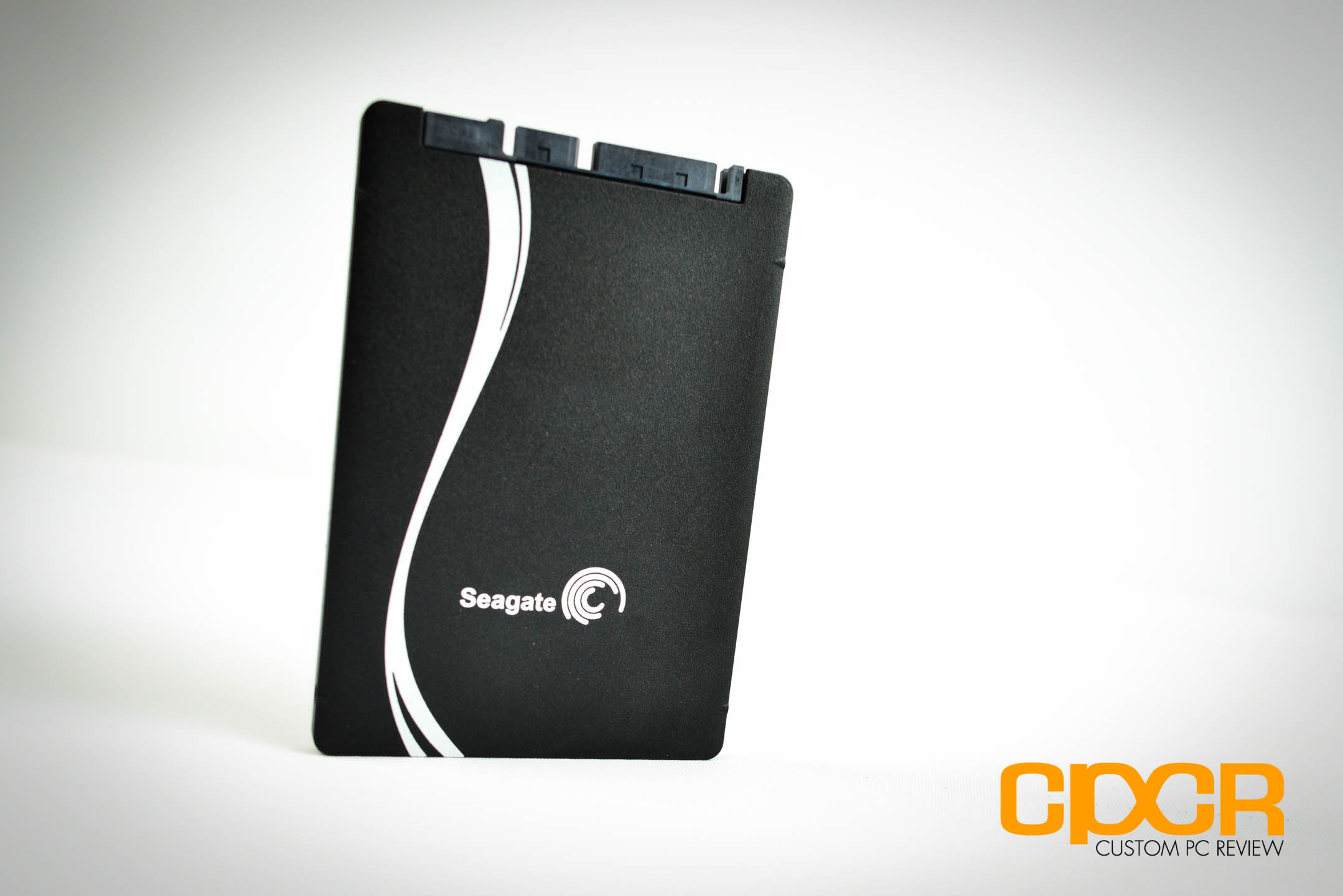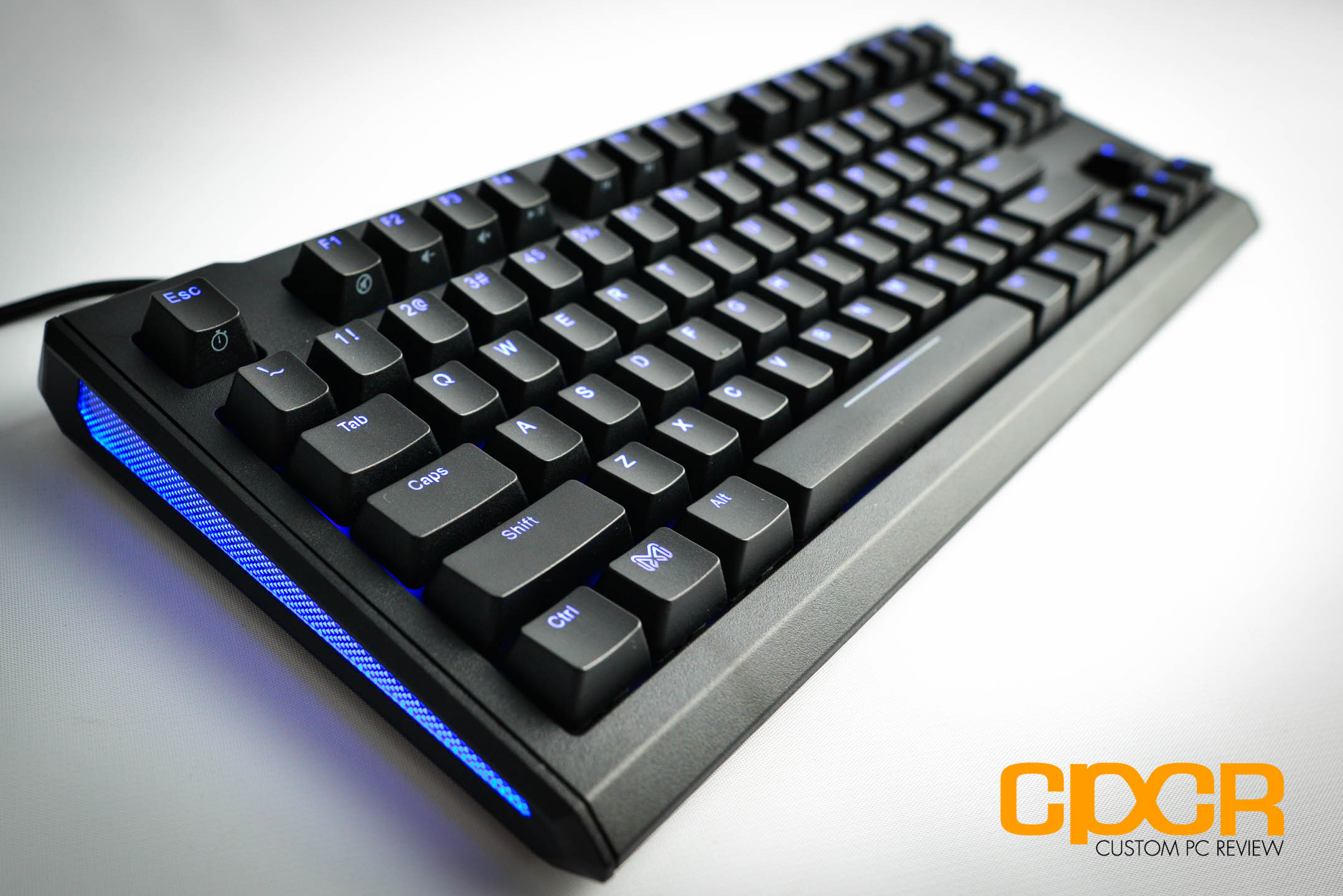[section label=1. Introduction]
Plextor M6e, Now Back in Black
Last year, we had the pleasure of checking out Plextor’s M6e SSD which was one of the first PCIe SSDs on the market using the M.2 form factor. At the time we were fairly impressed with the drive as it was a solid offering from Plextor with great performance and a solid warranty to match. Unfortunately, the drive is quite pricey and there’s only marginal performance gains for anyone who couldn’t take advantage of the lightning fast sequential performance offered by the drive.
However, Plextor sees the opportunity in being the first to market with a M.2 based PCIe SSD, so they recently unveiled the Plextor M6e Black Edition, which they claim is faster and more feature filled than the original.
Plextor M6e Black Edition Specifications
| Manufacturer | Plextor | Plextor | Plextor |
|---|---|---|---|
| Model | M6e Black Edition | M6e Black Edition | M6e Black Edition |
| Model Number | PX-AG128M6e | PX-AG256M6e | PX-AG512M6e |
| Form Factor | HHHL (M.2 2280) | HHHL (M.2 2280) | HHHL (M.2 2280) |
| Capacity | 128GB | 256GB | 512GB |
| Controller | Marvell 88SS9183-BNP2 | Marvell 88SS9183-BNP2 | Marvell 88SS9183-BNP2 |
| NAND | Toshiba A19nm Toggle Mode MLC | Toshiba A19nm Toggle Mode MLC | Toshiba A19nm Toggle Mode MLC |
| DRAM Cache | 256MB DDR3 | 512MB DDR3 | 1024MB DDR3 |
| Sequential Reads | 770 MB/s | 770 MB/s | 770 MB/s |
| Sequential Writes | 335 MB/s | 580 MB/s | 625 MB/s |
| 4K Random Read | 96,000 | 105,000 | 105,000 |
| 4K Random Write | 83,000 | 100,000 | 100,000 |
| Interface | PCIe Gen 2 x2 | PCIe Gen 2 x2 | PCIe Gen 2 x2 |
| Warranty | 5 Years | 5 Years | 5 Years |
As such, today we’ll be reviewing the Plextor M6e Black Edition. Like the original, the M6e Black Edition will be available in capacities of 128GB, 256GB, and 512GB. Surprisingly, rated performance between the original and the Black Edition are identical as well. However, unlike the original, the Plextor M6e Black Edition will only be available bundled with the HHHL adapter and the adapter is getting a huge “gamer-centric” redesign. There are no plans for a standalone, bare M.2 drive at this time. Plextor will also be including PlexTurbo 2.0 with the M6e Black Edition, which is something we’ll get into a bit later.
In terms of internal components, the Plextor M6e Black Edition is sticking to the same Marvell 9183/Toshiba A19nm Toggle Mode MLC used in the original M6e. This makes sense given that Marvell’s upcoming Altaplus controller will be used in the upcoming Plextor M7e, and Toshiba’s 15nm NAND is still nowhere to be seen.
Warranty on the Plextor M6e Black Edition is a solid 5 years and Plextor doesn’t seem to do any sort of endurance limitation on their drives either. Nice!
Let’s take a closer look!
[section label=2. A Closer Look]
A Closer Look at the Plextor M6e Black Edition 256GB
For our review, we received the Plextor M6e Black Edition 256GB model.
Included in the packaging we get some documentation, some mounting screws, and the Plextor M6e Black Edition drive itself. Plextor tells us the retail boxes should also be software containing Plextor’s new Plextool and PlexTurbo software.
Here’s a look at the Plextor M6e Black Edition. It comes in a HHHL (Half Height, Half Length) PCIe x4 card similar to what we saw with the original Plextor M6e, except the adapter card is a whole lot more awesome. Plextor has blacked out the entire PCB, added a cool looking black and red heatsink, and some activity LEDs as well for that extra bling factor when the drive is in use.
Removing the heatsink, the biggest thing we notice is that the massive metal heatsink is added mostly for aesthetics. Plextor didn’t even bother to remove the drive’s info sticker which hides a couple chips underneath.
Additionally, for some reason there’s also an external power port on the HHHL adapter board. The HHHL adapter already draws power from the PCIe slot so I’m not quite sure why Plextor needed that. Doesn’t hurt I guess. It’s definitely not required that you plug in external power though.
As expected, Plextor carried over the same Marvell 88SS9183-BNP2 controller from the original Plextor M6e. The Marvell 88SS9183 is a 8 channel, dual core ARM based controller with support for the PCIe Gen 2 x2 interface. The firmware is custom designed by Plextor. Plextor is one of the very few SSD vendors on the market who has the capability of building firmware in house.
For NAND, Plextor is using Toshiba’s latest A19nm toggle mode NAND (TH58TEG8DDJBA8C). This is the same stuff Plextor used on the original M6e. Plextor is using 8x NAND chips for a grand total capacity of 256GiB. Onboard, we also get a 512MB DRAM buffer.
[section label=3. Testing Setup and Drive Info]
Testing Setup
| System | CyberPowerPC Gamer Xtreme 4200 |
|---|---|
| CPU | Intel Core i7-4770K |
| Motherboard | ASUS Z87-A |
| Memory | Kingston HyperX Genesis 16GB DDR3 2133MHz |
| Graphics | Intel HD4600 Graphics |
| Storage | OCZ Vertex 4 256GB |
| Power Supply | Corsair HX650 |
| Case | HSPC High Speed Tech Station |
| Optical Drive | ASUS OEM DVD Drive |
| Operating System | Windows 8 64 bit & CentOS 6.4 |
Special thanks to CyberPowerPC, Kingston, OCZ Storage Solutions and HSPC for sponsoring our test bench!
Crystal Disk Info
Plextor M6e Black Edition 256GB
Today we’ll be reviewing the Plextor M6e Black Edition 256GB with firmware version 1.05.
[section label=4. ATTO Disk Benchmark / AS SSD / Crystal Disk Mark]
Plextor M6e Black Edition 256GB Performance
ATTO Disk Benchmark v2.46
ATTO Disk Benchmark is one of the industry’s oldest and most popular benchmarks for testing disk read/write speeds. This benchmarks allows read and write testing using predefined block sizes and gives us a good idea of read/write speeds with different sized files. Most SSD manufacturers prefer using this benchmark when advertising SSDs as it tests using compressible data, which tends to yield best performance.
Performance Analysis
As always, kicking off with ATTO Disk Benchmark, the Plextor M6e Black Edition 256GB was able to reach 718 MB/s sequential reads and 580 MB/s sequential writes. While not quite the 780 MB/s sequential reads as advertised, it’s still pretty good, and a whole lot faster than any SATA 6Gb/s capped SSD.
AS SSD Benchmark
AS SSD is a very commonly used benchmark used to measure SSD performance in a number of categories. Tests are run using incompressible data at QD1, which is most representative of light client workloads. AS SSD also outputs a final score at the conclusion of the test based off the overall performance of the drive.
Additionally, we also run AS SSD’s included compression benchmark which tests the drive using data of varying compressibility. Some SSDs such as SandForce based SSDs tend to perform significantly better when the data is compressible.
Performance Analysis
AS SSD performance was solid as well with sequential reads/writes reaching 674 MB/s and 543 MB/s respectively. While it’s not a score we use to compare drives here, the drive scored a whopping 1329 in the benchmark, which far surpasses any SATA 6Gb/s limited SSD.
Crystal Disk Mark 3.0.1 x64
Crystal Disk Mark is another popular benchmark which allows us to measure both sequential read/write speeds as well as random read/write speeds. With this benchmark, tests can be run using both random fill (incompressible data) and 0 fill (compressible data). Realistically in typical computer usage scenarios, data being transferred will consist of a mixture of both incompressible and compressible data.
Performance Analysis
Crystal Disk Mark performance is good as well with the drive reaching 757 MB/s sequential reads and 584 MB/s sequential writes.
[section label=5. PC Mark 7 / PC Mark 8]
Plextor M6e Black Edition 256GB Performance
PC Mark 7 Storage Benchmark
The PC Mark 7 storage benchmark is a trace based benchmark that evaluates the SSD under many different real world environments such as gaming, multimedia editing, etc. PC Mark 7 uses a relatively light workload, which represents a typical mainstream client storage sub-system workload.
Performance Analysis
Moving into PC Mark 7, the Plextor M6e Black Edition 256GB scored very well, slightly nudging out the Samsung 850 PRO – the fastest SATA SSD we’ve tested to date. The Plextor M6e Black Edition 256GB came in second only to the PCIe based OCZ RevoDrive 350.
PC Mark 8 Expanded Storage Benchmark
With the introduction of PC Mark 8 2.0.228, Futuremark added the option for an Expanded Storage Benchmark which is literally designed to bring any storage system its absolute limits. The new PC Mark 8 Expanded Storage Benchmark takes around 24 hours to run and for our purposes, we’ll be using the consistency test which measures performance consistency, degradation tendency, and recovery speed of a storage system.
Consistency Test
Full details on the consistency test can be found in the PC Mark 8 Technical Guide here. For the more simplified version, the test is basically a near 24 hour, five phase benchmark – three of which we’ll be reporting on in our results below.
- Phase 1 is a precondition phase designed to “dirty” the drive with random data. The entire drive is filled twice to the capacity of the drive.
- Phase 2 is a degrade phase where the drive is hammered with tons of random data followed by a performance test run. This is done 8 times.
- Phase 3 is the steady state phase where the drive is once again hammered with tons of random data followed by a performance test run. This is done 5 times.
- Phase 4 is the recovery phase where the drive is given 5 minutes to rest followed by a performance test run. This is done 5 times.
- Phase 5 is the clean up phase where the drive is simply secure erased.
Performance Analysis
In PC Mark 8’s Expanded Storage Benchmark, we can see that the M6e Black Edition isn’t designed for heavy sustained use, falling to the bottom of our charts in the degrade and steady state phases of the benchmark. However, once the drive is given some time to recover and perform its garbage collection routines, performance shoots up significantly. This type of bursty performance profile is very similar to most modern mainstream drives on the market and is most representative of client workloads.
[section label=6. FIO – FOB]
Plextor M6e Black Edition 256GB Performance
FIO (Flexible I/O Tester)
FIO, which stands for Flexible I/O Tester, is basically what its name says – a flexible I/O tester / I/O workload generator. Whereas all the benchmarking tools we’ve used previously are fantastic, easy to use benchmarking tools that provide a good snapshot of SSD performance, they do lack a lot of versatility, especially for more complex and in-depth operations such as custom queue depths, block sizes, test run times, etc. While the testing that follows may not pertain to typical consumer usage, they do help give us a much more in-depth look at each individual product’s strengths and weaknesses when they’re pushed to the limits.
FIO – FOB (Fresh Out of the Box) Testing
When SSDs are brand new and Fresh Out of the Box, they’re generally able to perform at or outperform their advertised speeds, but unlike traditional hard drives, performance on SSDs begin to degrade over time as they become more and more used. This is because while SSDs are new, all bits on the SSD are empty, so they can instantly be programmed with data. However, once data gets programmed in, even if it’s deleted in the filesystem the actual data will still stay programmed on the NAND itself unless some sort of garbage collection routine comes in to wipe the data. Unfortunately, in order to write new data onto “dirty” NAND, the NAND needs to go first through an erase cycle to erase the old data before a program cycle can happen to program new data, which as you may imagine takes more time than just a simple program cycle. As this only happens when writing new data onto the SSD, you’ll generally see less performance degradation on reads and more performance degradation on writes.
For our FOB testing, we run a secure erase on the SSD then run each test sans any preconditioning. This will provide us with the highest level of performance the SSD is capable of and is likely never to be seen ever again once the SSD goes into a used state.
Our testing will include 4K read testing, 4K write testing, and 4K 70/30 read/write mix testing at queue depths of 1,2,4,8,16,32,64,128,256. The reason we’ve also included 4K 70/30 read/write mix testing is simply because most real world workloads will always fall somewhere between 0% write and 100% write rather than one or the other. Since client usage is much more read heavy, we’ll be using the 70/30 read/write mix.
For general client usage, performance will fall somewhere between queue depths of 1-4 whereas servers and other enterprise applications will easily see queue depths of 32 or greater.
Performance Analysis
Thanks to the high bandwidth PCIe Gen 2 x2 bus used on the Plextor M6e Black Edition 256GB, the drive easily soared past its competitors, reaching 151K IOPS 4K random reads and 113K IOPS 4K random writes at higher queue depths.
[section label=7. FIO – Steady State]
Plextor M6e Black Edition 256GB Performance
FIO – Steady State Testing
After prolonged use of an SSD, it will reach “steady state” where performance levels off to a minimum level. The FOB state is the “best case scenario” for SSD performance while “steady state” is going to be your worst. Here, we ran the exact same set of benchmarks we just completed in the FOB state; except this time around, we’ll be preconditioning the drive by filling 100% of the drive’s LBAs with two sequential passes of 128k data followed by hammering the drive for six hours with 4K random data prior to actual testing.
Performance Analysis
Moving into steady state, 4K random read performance continues to be solid, reaching just over 100K IOPS. However, 4K random write performance isn’t so good, barely cracking 5,000 IOPS and matching the Crucial MX100 as the lowest performing drives in this benchmark.
[section label=8. FIO – 4K Random Write Consistency]
Plextor M6e Black Edition 256GB Performance
FIO 4K Random Write Consistency Testing
Another one of the benefits of testing with FIO is the flexibility of running consistency tests, which is one of the most important metrics when considering SSDs going forward. Looking at the results of our benchmarks such as ATTO Disk Benchmark and Crystal Disk Benchmark, we can see that practically every top tier SSD is capable of saturating SATA 6Gb/s in the FOB state. However, what really differentiates these SSDs is their ability to hold a certain level of performance even after extended periods of use.
For our consistency testing, we used a fairly standard method, which includes both filling up 75% of capacity as well as 100% capacity twice with sequential 128k data followed by the actual test itself, which is simply running 4K random writes at a queue depth of 32. By recording the IOPS every second for 2,000 seconds, we’re able to get a good look at what kind of performance can be expected when the drive is relatively new, when it’s heading towards steady state, and when it’s actually in steady state.
[tabgroup]
[/tabgroup]Performance Analysis
Although the Plextor M6e and the M6e Black Edition share the same internal components, their performance profiles are significantly different. At 100% fill, the Plextor M6e Black Edition’s performance is very consistent although it’s also very slow, dropping down to ~5000 IOPS at steady state. At 75% fill performance is a lot better, but consistency is non-existent with the variance in performance ranging from 6000 IOPS to 66,000 IOPS.
[section label=9. FIO – 4K Random Write Latency]
Plextor M6e Black Edition 256GB Performance
FIO 4K Random Write Latency Testing
Another metric that’s becoming increasingly important in SSDs is its ability to keep latency low despite being subjected to a heavy workload. Even if a SSD were capable of ultra high and ultra consistent IOPS performance, if latency were high, users would still feel that the drive is slow. Ideally, SATA SSDs should always be capable of latencies under 50ms, even during heavy workloads.
For latency testing, we’ll be using the exact same testing parameters as IOPS consistency testing, except instead of recording IOPS every second, we’ll be recording latency.
[tabgroup]
[/tabgroup]Performance Analysis
With the M6e Black Edition, Plextor has done a fantastic job at keeping latencies consistently low. At both 75% and 100% fill, latencies never passed the 10ms mark which is much better than what we saw with the original M6e. This is likely thanks to influence from Plextor’s parent company, Lite-On who specializes in the enterprise.
[section label=10. FIO – 128K Random Write]
Plextor M6e Black Edition 256GB Performance
FIO 128K Random Write Consistency Testing
In addition to testing 4K random write consistency, we’ll also test for 128K random write consistency to see how well a SSD is able to hold itself to a level of performance when getting hammered with larger file transfers.
Testing methodology is very similar to our testing for 4K random write consistency. We use a fairly standard method, which includes both filling up 75% of capacity as well as 100% capacity twice with sequential 128k data followed by the actual test itself, which is running 128K random writes at a queue depth of 32. By recording the IOPS every second for 2,000 seconds, we’re able to get a good look at what kind of performance can be expected when the drive is relatively new, when it’s heading towards steady state, and when it’s actually in steady state.
[tabgroup]
[/tabgroup]Performance Analysis
Similar to 4K random writes, 128K random writes at 100% fill was very consistent although very slow. In steady state the drive averaged ~30 MB/s. At 75% fill, the drive was significantly faster, but like what we saw with 4K random writes, performance consistency went out the window with performance ranging from 42 MB/s to 282 MB/s.
[section label=12. Plextool & PlexTurbo 2.0]
Plextool v1.1.6
With the release of the Plextor M6e Black Edition, Plextor is also offering their Plextool software which will include SSD monitoring tools, diagnostics tools, firmware upgrade tools, SMART data access, and PlexTurbo 2.0.
PlexTurbo 2.0
Arguably the biggest feature for the Plextor M6e Black Edition is PlexTurbo 2.0 which is a caching software that seamlessly utilizes a system’s onboard memory as a cache for the storage subsystem. By doing so, Plextor is able to improve both the performance of the storage subsystem and help extend the life of the SSD.
PlexTurbo isn’t really a new thing for Plextor. The first version of PlexTurbo was actually introduced with the M6 Pro which we covered back at Computex of last year. However, Plextor is introducing a new version of PlexTurbo with the M6e Black Edition, PlexTurbo 2.0, which is now able to take advantage of up to 4GB of system memory. PlexTurbo 2.0 will also offer PlexTurbo Viewer, which we’ll get into a bit later.
Write Through Plus (WTP) Technology
Since we haven’t had much experience with PlexTurbo, we haven’t had much opportunity to dive into the software better, but Plextor claims that PlexTurbo’s caching solution is the best solution on the market thanks to their proprietary Write Through Plus (WTP) technology.
Now before we get into WTP, let’s first talk about the two most common solutions for caching:
- The first most common form of caching is what’s called a write-back cache where data is written to the cache and it’s immediately confirmed back to the host. Data is then written back to primary storage when the cache becomes full or when there’s idle time. This type of caching is very low latency and high performance since it leaves the slower, primary storage sub-system out of the loop, but it can be risky as sudden power loss may result in complete data loss.
- The second most common form of caching is what’s called a write-through cache where data is written to the cache and then written through to primary storage. While this still improves performance as data written to the cache can be re-read from said cache, it’s still slower than the write-back cache since data still needs to travel to the primary storage and primary storage still needs to confirm back to the host.
PlexTurbo on the other hand, attempts to combine the data security of the write-through cache with the performance of a write-back cache. Now the way PlexTurbo works is data written for the first time will go through the entire write-through cache process thereby ensuring cached data is secure; however, PlexTurbo also reserves a portion of memory for the WTP cache which according to Plextor is 200MB or less. When data hits the WTP cache, WTP will simultaneously confirm the write back to the host while sending the data to primary storage to be written. This way, data is secure and performance is retained.
Enabling PlexTurbo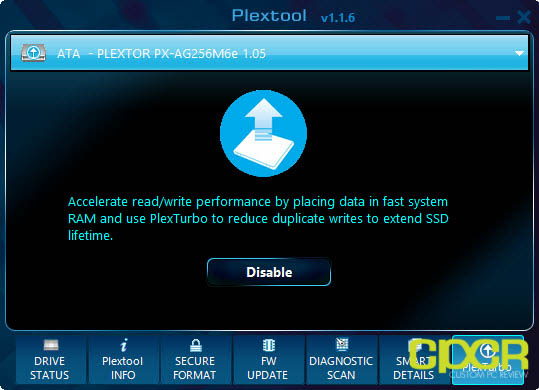
Turning on PlexTurbo 2.0 is pretty much the easiest thing in the world to do. Simply enable it in the Plextool menu and restart your system.
Performance Testing
Plextool v1.1.6
Performance Analysis
Well, it’s a good sign when Plextor’s own benchmarking tool shows PlexTurbo 2.0 is working. Performance is looking pretty awesome too at 8GB/s sequential reads and 7.5GB/s sequential writes.
Crystal Disk Mark 3.0.1. x64
Performance Analysis
After enabling PlexTurbo, we can see that performance is just shy of 9.3GB/s sequential reads and 8.2GB/s sequential writes. 4K performance is phenomenal as well with 4K random read performance at 1.1GB/s and 4K random write performance just shy of 1GB/s.
Now I know why Plextor claims “PlexTurbo : Violent Speed !“. It is quite violent indeed.
PC Mark 8 Expanded Storage Benchmark
Performance Analysis
Using PC Mark 8’s Expanded Storage Benchmark, we can visualize how memory caching software really works. Here we can see that during the degrade and steady state phases where random data is being constantly written to the drive, PlexTurbo doesn’t actually do very much. However, once we move into the recovery phases where the same test is run over and over again, PlexTurbo is able to significantly boost performance.
PlexTurbo Viewer
As a feature of PlexTurbo 2.0, Plextor has also included PlexTurbo Viewer, which is a small utility that runs in the Windows tray bar. PlexTurbo Viewer will allow users to see how many writes PlexTurbo helped reduce. On our few short days of testing, PlexTurbo Viewer claims it helped reduce almost 1TB of writes. Impressive.
[section label=13. Conclusion]
Plextor M6e Black Edition 256GB Conclusions
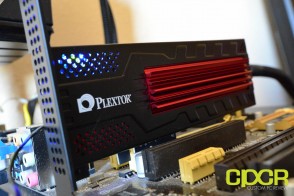 Alright, so with testing out of the way let’s go ahead and wrap up on this review. As we expected from the advertised specifications, performance is pretty similar to the original Plextor M6e. Sequential performance is without a doubt the star of the show followed by high queue depth read performance. No surprise there.
Alright, so with testing out of the way let’s go ahead and wrap up on this review. As we expected from the advertised specifications, performance is pretty similar to the original Plextor M6e. Sequential performance is without a doubt the star of the show followed by high queue depth read performance. No surprise there.
In our testing, sequential reads and writes maxed out at 757 MB/s and 584 MB/s respectively, which is much faster than the SATA 6Gb/s bus can accommodate; however, it’s unfortunate that performance is still nowhere near the 1GB/s theoretical maximum of PCIe Gen 2 x2. 4K read/write performance also still doesn’t seem all that much improved over the original M6e or even most SATA drives at lower queue depths, so for tasks heavy in small reads and writes such as application starting, system booting, etc. I doubt there’d be much tangible benefit there compared to a high end, enthusiast SATA SSD.
That being said, Plextor has made some welcome changes under the hood with the M6e Black Edition which resulted in significant improvements in both write latency and write consistency. In our 4K random write testing, latencies were consistently kept below 8ms, which is something we’d typically see in much higher end enterprise SSDs. Thumbs up to Plextor for that.
In terms of value add, the biggest for the M6e Black Edition is PlexTurbo, which should help improve performance of frequently accessed files and applications. Of course, your mileage will vary depending on system configuration and the types of files accessed. Plextor has also made a pretty cool looking HHHL adapter card for the M6e Black Edition which should fit well into any system. True, LEDs are gimmicky, but let’s be honest We all love ’em. Also let’s not forget there’s also the 5 year Plextor warranty as well, which should pretty much last the life of the drive.
Pricing on the Plextor M6e Black Edition is still in the air; however, speaking with Plextor representatives, they expect the drive to retail for ~$1/GB for the 128GB capacity and under $1/GB for the 256GB and 512GB capacities. Considering the original Plextor M6e with the HHHL adapter kit is still retailing for above $1/GB, those looking at the original M6e should probably wait for the M6e Black Edition when it arrives in the next few weeks. We’ve been told that the M6e Black Edition will be a Newegg exclusive.
In a nutshell, the Plextor M6e Black Edition is pretty much what I wanted the original Plextor M6e to be. It’s fast, it’s reliable, there’s a decent amount of value add, and it’s reasonably priced for its target market. However, I think it’s a mistake that Plextor isn’t planning on selling this as a bare M.2 drive only. There’s plenty of competition in the HHHL PCIe SSD market, but Plextor remains the only company today with a natively bootable AHCI based PCIe M.2 SSD. With more competitive pricing and the additional value add provided by the M6e Black Edition, a bare M.2 drive could be a much more compelling buy for enthusiasts.
Sample provided by: Plextor
Availability: Coming Soon, Newegg Exlucisve

